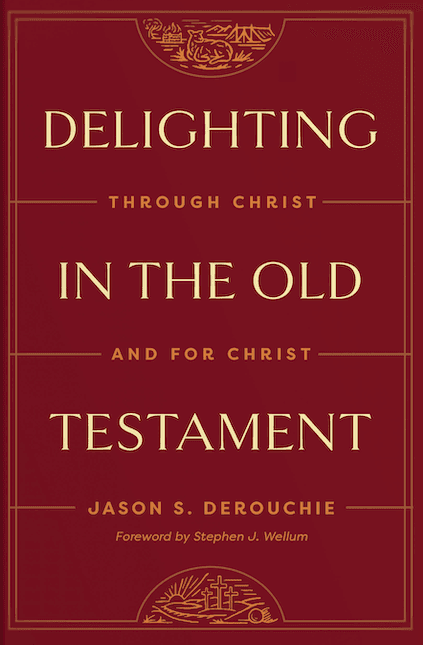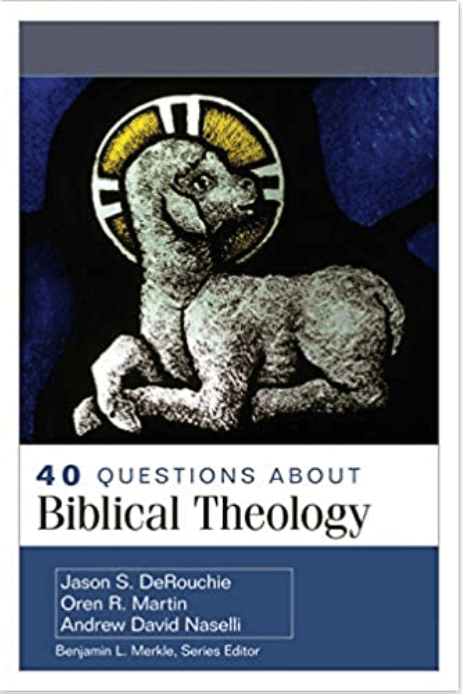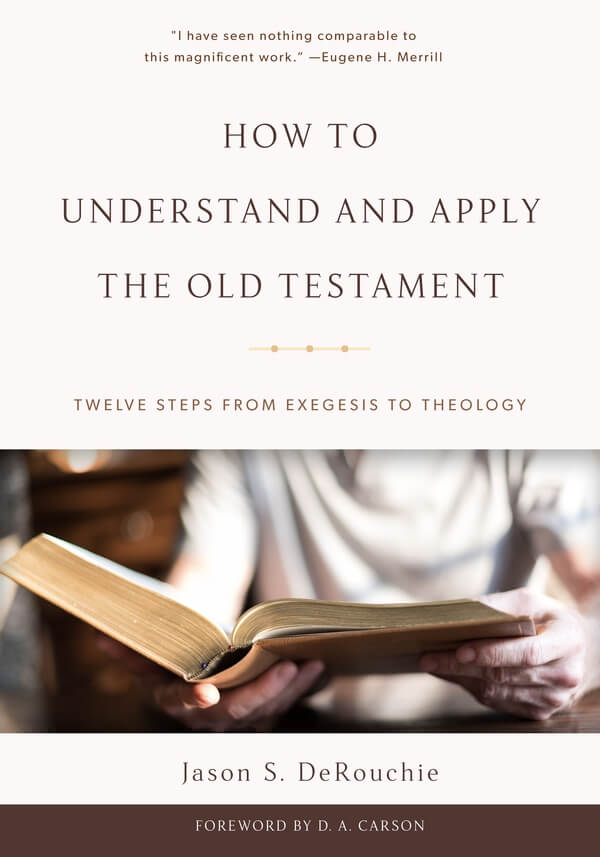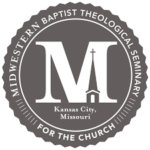Proclaiming the Kingdom
Blog
Follow Jason DeRouchie
God Has Spoken to Us in a Son: A Sermon on Hebrews 1:1–4
(Audio Download / PDF / Soundcloud) DeRouchie gave this message on 9/22/24 at the Sovereign Joy Baptist Church plant in Liberty, MO. ***** “Jesus Is Better.” This is the title we’ve given our new series in Hebrews. In this book, Jesus is better than angels (1:4),...

The Eschatological King and His People in Book One of the Psalms: Part 1
JY: Welcome to GearTalk, a podcast on biblical theology. Today Jason interviews Tom about his recently completed dissertation on book one of the Psalms. JD: Welcome to GearTalk. This is Jason DeRouchie, back with Tom Kelby, and I am going to pilot the ship this...
God’s Joy in Us
JY: Welcome to GearTalk, a podcast on biblical theology. Today, we're continuing our conversation about the new church plant Jason is involved with: Sovereign Joy Baptist Church. As we mentioned last week, the name Sovereign Joy says something about God's joy in his...

Sovereign Joy
JY: Welcome to GearTalk, a podcast on biblical theology. Today we have bad news. Our summer of stories is over. We also have very good news. Jason DeRouchie is back after a summer break, although when you hear what he did this summer, it won't sound like much of a...
Rejoicing in Rescue When Death is Gain (Philippians 1:18b–21)
(Audio Download / PDF) DeRouchie gave this message over the summer to a group prayerfully considering joining the new Sovereign Joy Baptist Church plant in Liberty, MO. ***** Sovereign Joy Baptist Church exists to glorify God through the Word and Spirit by making...
When My Old Testament Became Christian
Jesus didn’t grow up studying the Gospel of John, 2 Corinthians, or Hebrews. Instead, books like Leviticus, Psalms, and Isaiah shaped our Savior’s mission and understanding of God and his ways. What we call the Old Testament was Jesus’s only Bible. He summarized it as...
The Gospel, Missions, and Sovereign Joy (Isaiah 53:10–11a)
(Audio Download / PDF) DeRouchie gave this message over the summer to a group prayerfully considering joining the new Sovereign Joy Baptist Church plant in Liberty, MO. ***** At these Sovereign Joy summer gatherings, Pastor Charles and I are considering foundational...
Four Reasons to Use the Biblical Languages
“Now Ezra had determined in his heart to study the law of the LORD, obey it, and teach its statutes and ordinances in Israel” (Ezra 7:10, HCSB). While every believer must seek to know God, not everyone needs to know the biblical languages. Indeed, the Lord has...

Claiming Old Testament Promise (Part Two)
JY: Welcome to GearTalk, a podcast on biblical theology. Today, Tom and Jason consider the importance of promises in the Bible. As we'll learn, we absolutely need promises. They are a gift from God for believers in this present age. This theme is of major importance,...

Claiming Old Testament Promises Through Christ (Part One)
JY: Welcome to GearTalk, a podcast on Biblical Theology. Today, Jason and Tom are continuing our look at promises found in the Old Testament. In this podcast, we consider two of the four ways that Jesus makes every promise yes. We've been going through Jason's new...
About Jason S. DeRouchie
Dr. Jason DeRouchie (PhD, The Southern Baptist Theological Seminary) is a churchman and a passionate teacher driven to exalt Jesus from the Old Testament and to help Christians better grasp why the initial three-fourths of the Bible matters for Christians. He is Research Professor of Old Testament and Biblical Theology and Rich and Judy Hastings Endowed Chair of Old Testament Studies at Midwestern Baptist Theological Seminary in Kansas City, Missouri. He also serves as Content Developer and Global Trainer with Hands to the Plow Ministries and as a pastor of Sovereign Joy Baptist Church in the northland of Kansas City, MO.










